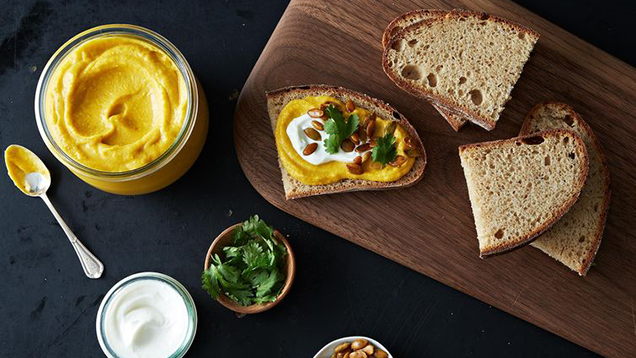Frozen vegetables are a valuable convenience product, and we know that often they’re just as nutritious as fresh. The only remaining issue surrounding frozen vegetables is their undesirable texture when thawed and cooked. The solution to this issue? Embrace the mush.
First, let’s talk about why frozen vegetables easily lose their textural integrity when thawed and cooked. Vegetables are mainly made of up of water, and the water is held within the cell walls that provide structural support. When this water freezes, it expands, causing these cell walls to rupture. As the ice crystals melt and thaw, the damaged cell walls no longer provide the solid structure they had when fresh. This compromised structure equates to a mushy, limp texture.
The team over at Food52 recently shared several tips on how to make the most of frozen vegetables, including three techniques that actually benefit from a mushy texture. Swirl soft greens like spinach and kale into a thick dairy product like sour cream or Greek yoghurt to make a flavourful dip. Blend tender vegetables like tomatoes, zucchini and asparagus into a silky pureed soup. Smash firmer vegetables like squash, peas and cauliflower into a chunky topping for toast. Check out the article below for a full list of tips and techniques.
How to Cook with Frozen Vegetables [Food52]

Comments